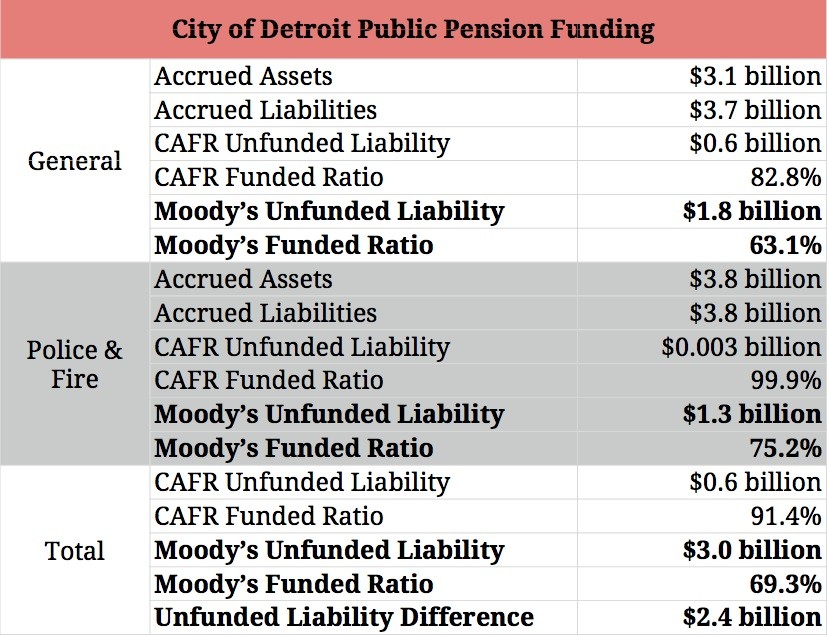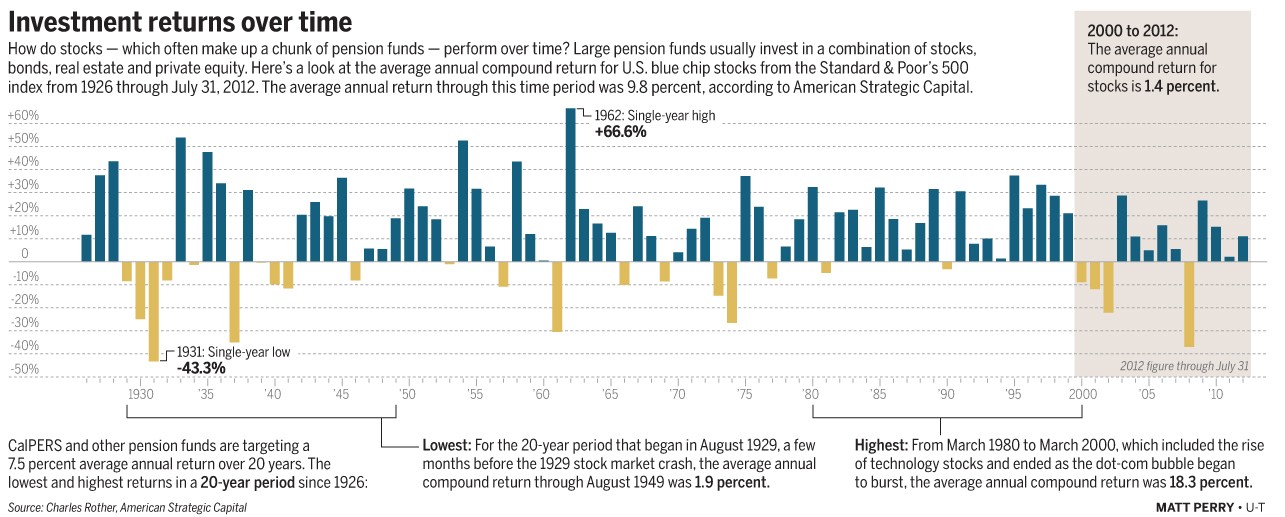A Realistic Discount Rate for Pensions
Post on: 26 Апрель, 2015 No Comment

By: Robert C. Pozen and Theresa Hamacher
Private pension funds across the world are finding it more difficult to meet their obligations to future retirees. In July 2012, the 100 largest U.S. private pension funds faced a $533bn shortfall, according to the consulting firm Milliman. In the same month, private pensions in the UK faced a 283bn shortfall, according to the governments insurer of pension plans.
The current plight of corporate pension funds is the result of several factors: poor stock market returns over the past five years, a shift from stocks to bonds, and historically low interest rates over the past year.
Low interest rates play a critical role in calculating pension plan obligations. Specifically, the interest rates on high-quality corporate bonds are used to determine the plans expected risk-free return in the future a metric known as the discount rate. If the discount rate decreases, a pension plan needs more assets today in order to be sure it can generate sufficient investment returns to pay a projected amount of benefits in the future.
Therefore, todays low discount rate places a burden on pension plans. Corporate executives believe this burden is unfair: they argue that the current low rates do not truly reflect expected risk-free returns, but rather the policy measures taken by central banks.
Some governments have eased this burden by dictating higher discount rates. In June, Denmark and Sweden took direct approaches, setting floors or specific values for the discount rates applicable to certain obligations. Nevertheless, it is unclear what an accurate discount rate should be. A less contrived approach would be to use actual interest rates, averaged over several years. The U.S. recently took this step: Congress allowed corporations to use a discount rate based on high-quality bond yields averaged over 25 years, instead of an average over two years as under the previous rules.
This change is estimated to increase discount rates by at least 100 basis points, which would significantly reduce how much U.S. corporations must contribute to their pension funds. For instance, David Zion of Credit Suisse estimates that a 100 basis point increase in the discount rate would cause UPSs required contribution to drop in 2013 from $1.6bn to $47m.
UK regulators have yet to follow on the heels of their American counterparts, but British companies are making their case. The Confederation of British Industry, a group representing over 200,000 businesses, has called for a smoothing of interest rates over a number of years.
While an averaging period of five to 10 years might better reflect more normal conditions, a 25-year averaging period, as enacted in the U.S. clearly goes too far. Interest rates in 1988 are unlikely to have much predictive value for the next 10 to 20 years.

In any case, obligations that are payable in the next few years should not be afforded any higher discount rates. Even if current interest rates do not reflect long-term expectations, they do represent risk-free expected returns in the short-term.
For obligations further in the future, we would ideally prefer a discount rate that utilises expectations about the future, rather than data from the past. To a rough approximation, we can measure future expectations by calculating the forward interest rate on risk-free assets, such as U.S. Treasuries or UK gilts. This forward rate, adjusted for the historic spread between Treasuries or gilts and the relevant corporate bond yields, might be a reasonable reflection of expected risk-free returns in the future.
As a specific example, consider an investor deciding between (1) buying a 20-year Treasury today and holding until maturity or (2) buying two 10-year Treasuries in succession (once in 2012, and again in 2022). The 10-year Treasury rate 10 years forward would be the rate on the second 10-year Treasury that would make the investor indifferent between those two options. Currently, that rate is roughly 3 per cent.
In short, low interest rates make the obligations of pension plans seem more daunting, because plan trustees cannot rely on expectations of strong investment returns.
But policymakers must be careful when considering what the correct discount rate should be. What if todays historically low interest rates are not some aberration that will quickly disappear? If so, temporary increases in the discount rate will only delay, rather than prevent, the day or reckoning for pensions.














